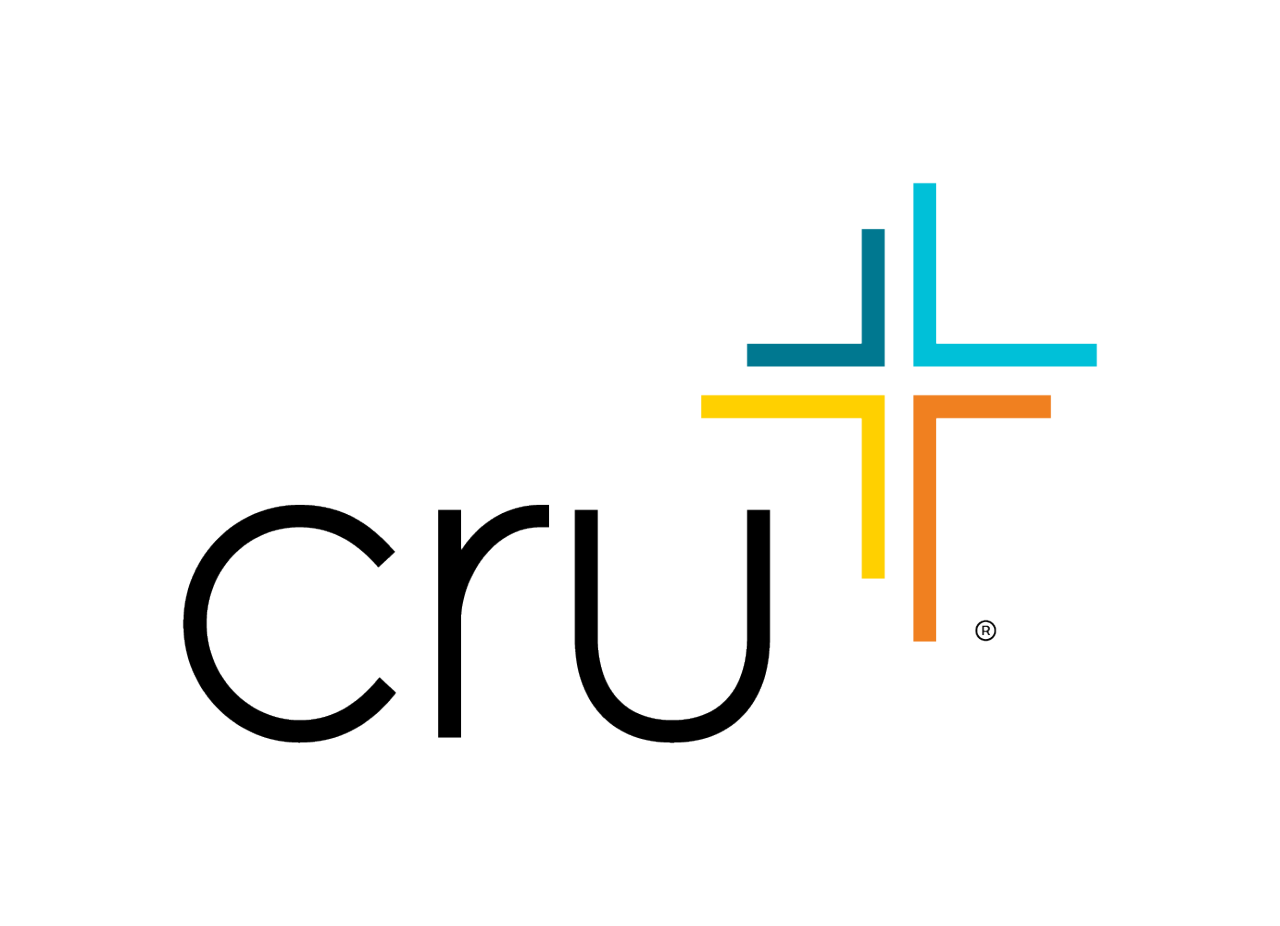How to Use Collaborative Discipleship

Connect
When you think about helping others to deepen their faith and more faithfully follow Jesus, what questions, concerns, or fears come to mind?
Cultivate
Summary: Collaborative Discipleship gives you five primary tools for encouraging the believers you disciple to become mature followers of Jesus Christ. With access to Collaborative Discipleship on cru.org, walk through each of these tools and discuss how to use each part.
This lesson can help a servant leader make many decisions for a group of disciples, or it can help a group of disciples determine what they will do together. We believe disciples need to be genuinely empowered to make decisions together. This collaborative approach to discipleship is the default paradigm used in this resource. However, you can use Collaborative Discipleship any way you view is best.
1. Choose a Pathway
A pathway is the order in which lessons are taught. We recommend each group choose from one of the pathways which are already provided.
If the group wants to create a custom pathway or just modify a pathway that has been provided, here are a few steps to help your group discover where it needs to grow the most. View the custom pathway page or PDF.
What you will see is that Collaborative Discipleship’s lessons are organized into five areas of growth and four ways to grow. Discuss as a group the following questions:
- In which of these five areas of growth do we think we’re the strongest? The weakest?
- Which ways to grow will help us grow in our weak areas?
You can also ask four specific questions for each area of growth:
- Are we motivated in this area? (Motivate)
- Do we understand the topics in this area? (Teach)
- Are we equipped to effectively minister in this area? (Train)
- Do we have any experience in this area? (Immerse)
With a sense of where the group needs to grow and how to grow in each area you can create your pathway.
Discuss:- What questions do you have about this section?
- Would you prefer to use one of the pathways that are provided or to create your own?
2. Lessons
Use the Collaborative Discipleship lessons to motivate, teach and train disciples in all five areas of growth. Each lesson covers everything a disciple needs to do when facilitating a group discipleship time. A typical lesson should take 60 to 90 minutes to complete.
- Connect. The goal of this section is to really get to know each other. This will help to build community, and to increase understanding and trust.
- Go through the Cultivate section. Because every disciple will facilitate lessons, the Cultivate section isn’t about one member being the expert. It’s about a group of people who work together to understand, research, encourage and teach one another. God will use each member to help the others grow and follow Christ.
- Go through the Care section. For accountability purposes, ask about how previous plans to care for others went. It’s not only about what individuals can do to love others, but it’s also about how the group can love others as a community. Don’t let time constraints cut this section short! Try spending at least 20 minutes on it. Having disciples discuss the care section every week will create a healthy culture that’s outward-focused and has a deep impact on others.
- What questions do you have about this section?
- If you’ve gone through lessons together, what did people do to facilitate the lessons well?
Roleplay: If you haven’t gone through a lesson before, choose a lesson, then have someone from your group lead everyone else through a few of the sections.
3. Immersive Experiences
One of the most significant things any leader can do is to get disciples immersed in as many growth-enhancing experiences as possible. In these experiences disciples take steps of faith, minister to others, and benefit from Christian communities. Retreats, conferences, sharing your faith together, prayer meetings, church involvement and many more immersive experiences will greatly encourage growth.
Discuss: What questions do you have about this section?
Brainstorm a list of all the immersive experiences you can think of for the year. These can come from your group, the Cru® movement, your community, or your church. Have someone write these down.
4. In-Depth Resources
In-Depth Resources will help your group learn more through books, articles, videos and audio recordings. These resources go into much greater detail than the lessons, and they help disciples learn in ways that complement the lessons and the immersive experiences. Choose at least a few each semester.
Discuss:- What questions do you have about this section?
- Which in depth resources look like good ones for your group?
5. A Strategy for Spiritual Multiplication
In order to make the process of making disciples less intimidating and easier to reproduce, we’ve created a practical spiritual multiplication strategy. This collaborative strategy encourages servant leaders to take responsibility to serve a group of disciples and grow alongside them as peers and fellow disciples. Someone who wants to initiate a group, invites others to join a new discipleship group, coordinates communication, makes sure the group is staying faithful to its purpose and does anything needed to help the group work together and grow.
Those in your discipleship group can collaborate together to facilitate lessons, organize outreaches, and significantly contribute to the group rather than simply consume what the group offers. With all the group members exercising faith and engaging in ministry, each one can soon start a new group of disciples.
Here’s how the strategy works:
-
Identify some trustworthy believers you know who have the ability to teach others.
-
Invite them to join you in a discipleship group. Recruit as many as needed to have three to five others besides yourself.
-
Make the expectations clear:
- How much time it will require each week.
- The areas in which you will grow.
- The steps of faith you will take.
- The larger movement to which you will be connected.
-
Take responsibility to keep the group on track and to be accountable to their commitment.
-
Rotate who will teach lessons and lead planning and ministry as a team.
-
Have all the disciples use this strategy to start their own discipleship groups within a few weeks to a few months.
Just imagine how many people could become involved in actively making disciples of all nations. With this strategy you could see several generations of student disciples engaged within just one school year!
Discuss: What questions do you have about this section?
Brainstorm: Have each person brainstorm a list of believers they could invite to join them in discipleship.
Pray: In light of what we’ve discussed, how can we pray for each other right now?
Care
Since we last met, what happened as a result of expressing Christ’s love to others?
How can you, or we, express Christ’s love to others this week?
Here are a few ideas:
- Pray God would meet their deepest needs.
- Help meet a felt need they have.
- Encourage them with a text, note or verbally.
- Give them a thoughtful gift or buy them coffee.
- Invite them to do something fun or meaningful.
- Listen to their story.
- Explore their thoughts on the gospel.





















